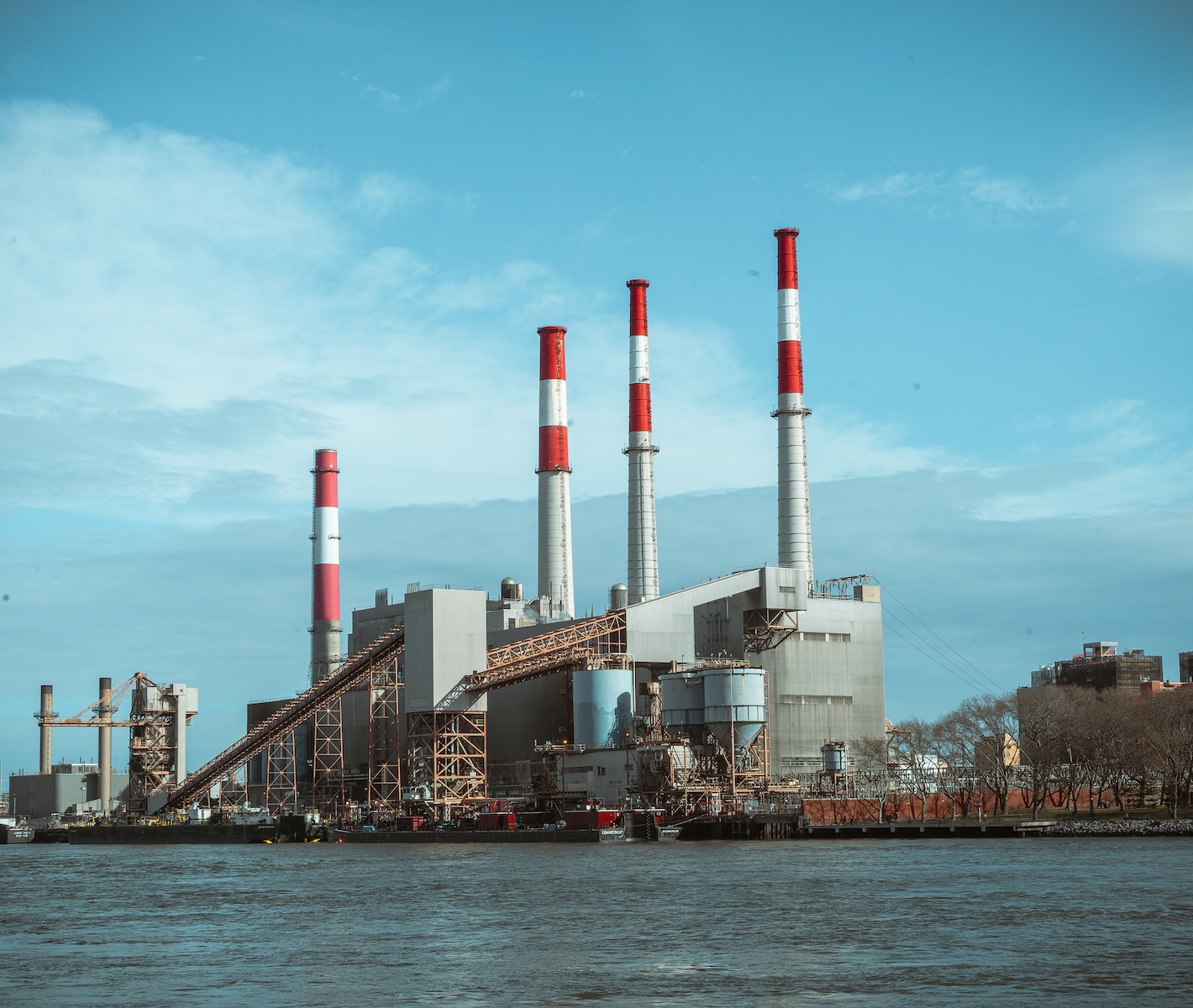- The production function is the relationship between inputs used in production and the output produced by a business.
- It is a critical tool for businesses to optimize their production processes and to understand the relationship between costs and output.
- The function describes how the production process transforms inputs such as labour, capital, and raw materials into outputs such as finished products or services.
Inputs, Processes & Outputs:
- Inputs: The resources used in production such as labour, capital, and raw materials. They can be classified as fixed inputs (such as buildings and equipment) and variable inputs (such as labour and raw materials).
- Processes: The series of steps that transform inputs into outputs.
- Outputs: The final products or services produced by a business.
Relationship between Inputs and Outputs:
- The production function shows how changes in inputs can affect the level of output produced by a business.
- As the quantity of inputs increases, output also increases up to a certain point. After that point, the marginal product of each additional input decreases, leading to diminishing marginal returns.
- Businesses can use the production function to determine the optimal combination of inputs to produce a given level of output.
Value Addition:
- Value addition refers to the process of increasing the value of inputs through the production process.
- For example, a carpenter may purchase wood for $100 and produce a table that can be sold for $500, resulting in a value addition of $400.
- Value addition is important for businesses as it allows them to generate higher profits by selling products at a higher price than the cost of the inputs used in production.




